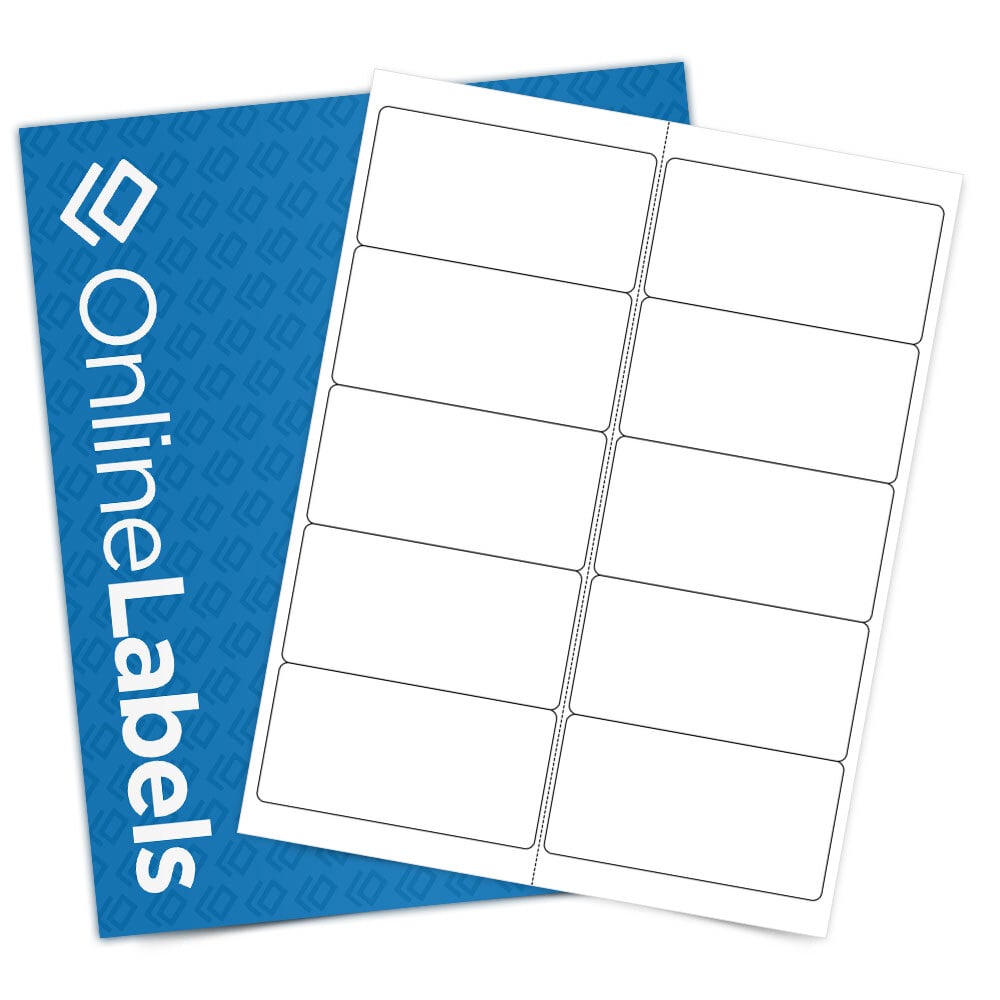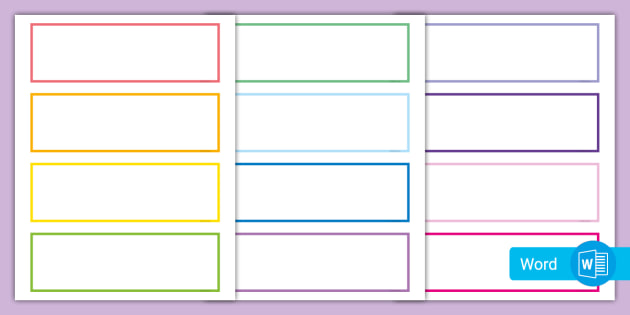Customize Blank Labels for crafts, DIY projects, and gifts.
Recognizing Just How Blank Labels Work to Enhance Your Labeling Experience
Comprehending the mechanics of blank labels is crucial for enhancing your labeling techniques across various contexts. These versatile devices offer significant advantages, such as customization and flexibility, making them a suitable selection for both expert settings and individual usage. From stock administration to home organization, the effects of their calculated application can cause improved effectiveness. Nevertheless, to completely realize how these labels can transform your processes, one have to take into consideration the different kinds available and the myriad methods they can be tailored to match specific needs.

Benefits of Making Use Of Blank Labels
Blank labels provide a versatile option for various identifying needs, making them very useful in both personal and specialist settings. Their flexibility enables customers to produce tailored labels tailored to certain requirements, boosting organizational effectiveness. Whether utilized in home workplaces, retail settings, or commercial applications, blank labels facilitate the identification and classification of products, papers, and individual items.
One considerable advantage of blank labels is their cost-effectiveness. By permitting users to print just the labels they require, waste is decreased, and inventory management ends up being extra manageable. Additionally, blank labels work with different printing approaches, consisting of inkjet and printer, making them available for different customers.

Furthermore, making use of blank labels streamlines the process of updating information, as customers can easily publish new labels to change outdated ones, making sure that all items and files are properly labeled. Generally, blank labels provide a functional and reliable labeling solution for diverse applications.
Kinds of Blank Labels Available
What choices are readily available when it comes to blank labels? Blank labels come in a selection of kinds, each suited for different applications and preferences.
Another popular option is synthetic labels, frequently made from materials like polyester or vinyl. These labels are understood for their toughness and resistance to water, chemicals, and tearing, making them ideal for rough settings. They are generally made use of in commercial setups or for labeling items that might be subjected to wetness.
Furthermore, there are thermal transfer labels, which need a printer that utilizes heat to transfer ink onto the tag surface area. These labels are preferred for their high-grade print and long life.
Last but not least, specialized labels satisfy certain requirements, such as removable labels for temporary use or high-temperature labels for severe problems. Comprehending these options allows customers to pick one of the most suitable blank label for their unique labeling needs.
Modification Options for Labels
A large range of personalization options is available for labels, permitting individuals to tailor them to details requirements and branding demands. Users can select from numerous dimensions, shapes, and materials to make certain that the labels successfully fit their intended objective. Usual materials include paper, polyester, and why not try these out plastic, each using different degrees of sturdiness and aesthetic allure.
Shade options play a critical duty in personalization, enabling brand names to preserve consistency with their company identity. Users can select from a spectrum of colors or perhaps choose for customized printing to match specific branding aspects. Additionally, labels can be published with unique layouts, logos, and text, improving brand name recognition and aesthetic impact.
An additional important facet is the option of adhesive. Labels can be created with permanent, removable, or repositionable adhesives, depending on the application demands. This flexibility enables reliable labeling solutions across different settings, from retail to industrial setups.

Tips for Effective Labeling
Efficient labeling surpasses personalization; it also entails tactical factors to consider that boost capability and interaction. To attain efficient labeling, start by plainly specifying the objective of each label. Consider the information that needs to be conveyed and guarantee it exists in a simple manner. Making use of concise language and avoiding lingo can substantially improve understanding.
Next, focus on exposure by picking suitable shades and fonts. High comparison between message and history improves readability, while bigger fonts assist in quick identification. In addition, guarantee that labels are placed in a consistent and rational fashion, making it simpler for customers to locate and translate details.
Consider the longevity of labels as well. Select products matched for the particular setting where the labels will be utilized, whether it be inside or outdoors. Waterproof or tear-resistant choices might be essential relying on the context.
Lastly, consistently review other and update your labels to show any type of adjustments in details or use. This proactive method not just keeps quality yet also avoids confusion in time. By adhering to these pointers, you can take full advantage of the performance of your labeling initiatives, guaranteeing they offer their desired objective successfully.
Applications of Blank Labels
Blank labels offer numerous applications across various industries, making them an indispensable device for company and communication. These flexible labels are typically utilized in storage facilities for stock administration, enabling businesses to conveniently determine and track items. By applying blank labels to storage space bins, shelves, or pallets, firms can streamline their procedures and minimize the chance of errors.
In the medical care market, blank labels play a vital function in classifying medicines and clinical materials, ensuring proper identification and usage. Customizable labels can include necessary info such as dosage, expiry dates, and patient information, improving safety and conformity.
In retail, blank labels help in pricing items, offering promotions, or classifying shelf areas, which eventually enhances the consumer experience. They permit fast updates to prices or item info without the need for pre-printed labels.
Moreover, blank labels are useful for individual use, such as arranging office, crafting, or identifying food containers. Their adaptability permits individuals to produce customized solutions that satisfy certain needs. In general, the applications of blank labels are considerable, highlighting their significance in cultivating efficiency and clearness in different setups.
Conclusion
In verdict, blank labels offer a versatile and efficient service for different identifying demands. Inevitably, the assimilation of blank labels right into functional procedures adds to improved efficiency, Click This Link making them an indispensable resource for both personal and expert usage.